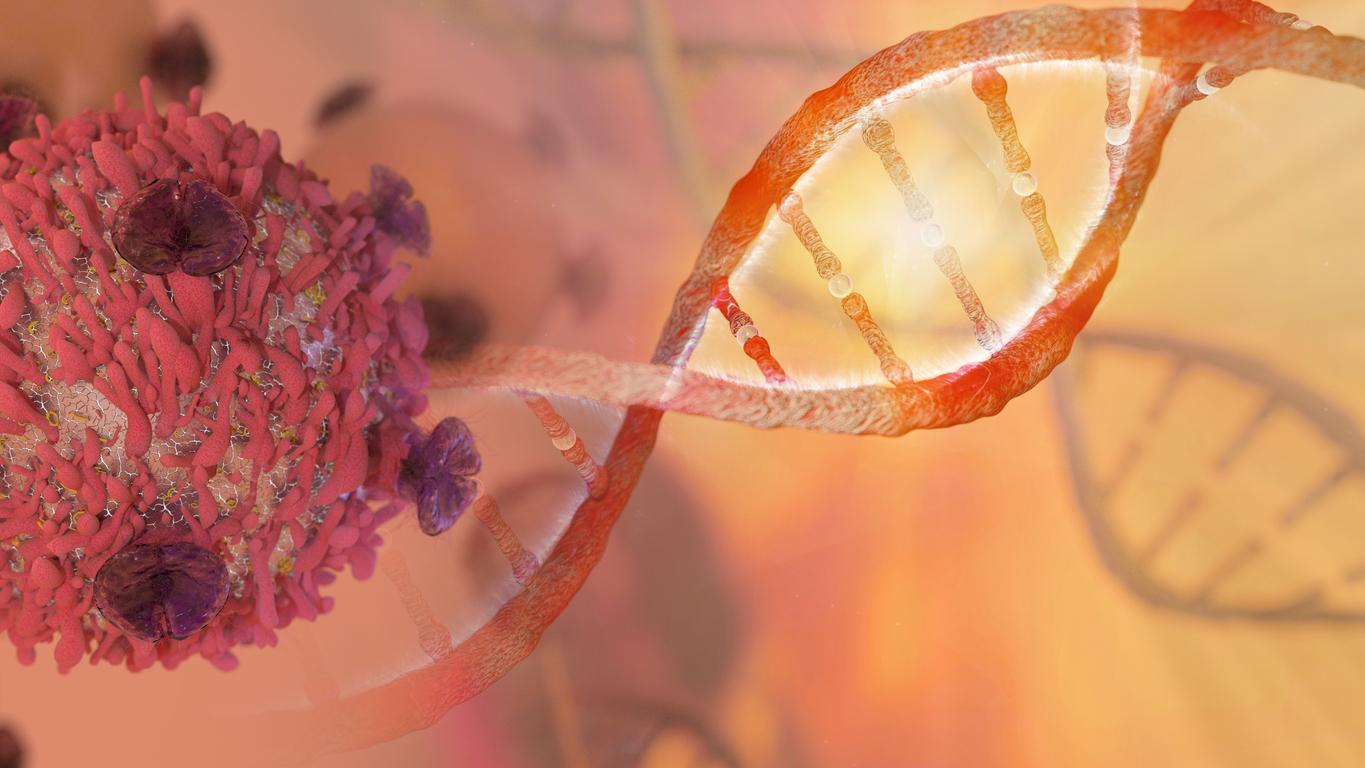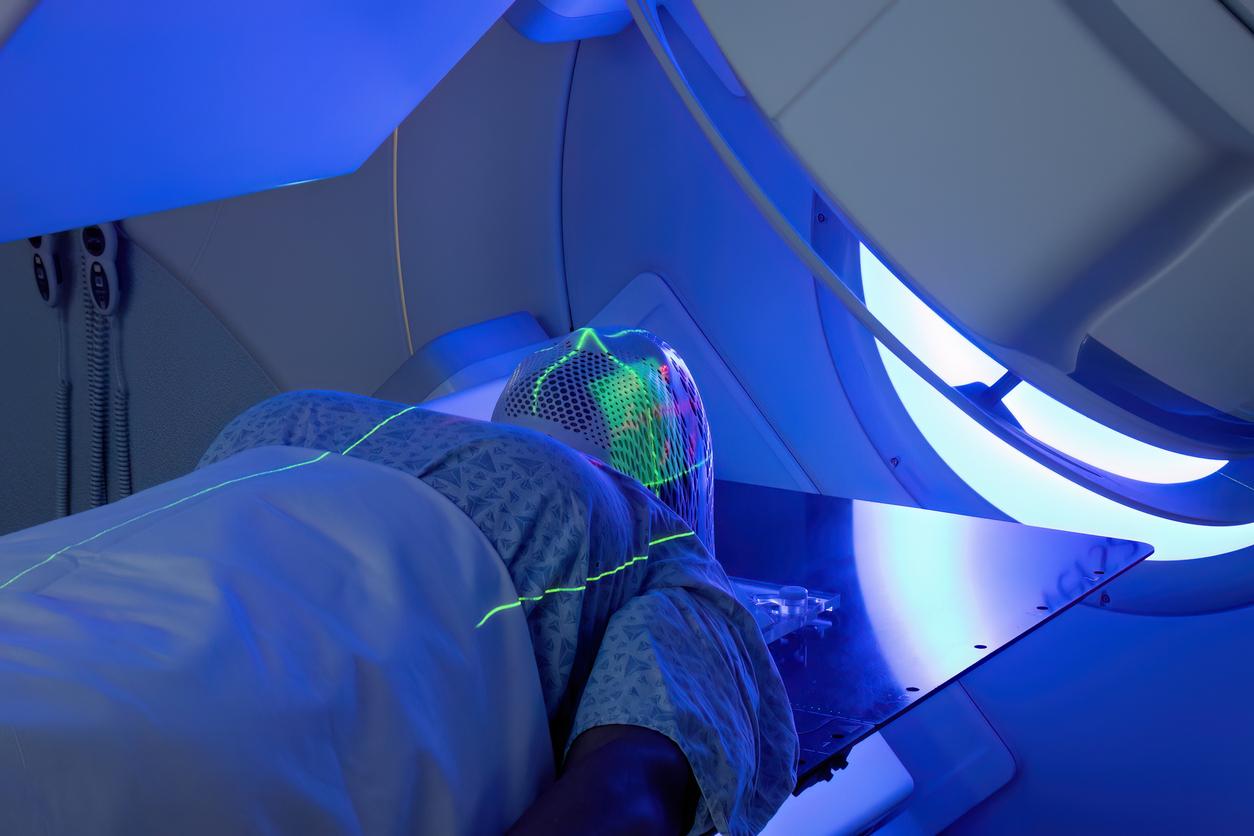Compared to older generations, people born between 1960 and 1990 are more likely to develop 17 cancers, including breast, pancreatic and stomach cancers.

- Incidence rates increased successively among people born since about 1920 for 8 of the 34 cancers.
- Millennials, or people born between the early 1980s and the late 1990s, were two to three times more likely to suffer from cancers of the small intestine, kidney, pancreas and liver in women.
- “Although we have identified trends in cancer associated with years of birth, we do not yet have a clear explanation for why these rates are increasing,” the authors say.
In a recent study, published in the journal The Lancet Public Healthresearchers from the American Cancer Society (ACS) examined trends in cancer incidence and mortality for 34 types of cancer in the United States. To conduct their work, they obtained data for 23,654,000 patients diagnosed with 34 types of cancer and 7,348,137 deaths from 25 cancers for the period from January 1, 2000, to December 31, 2019. To compare cancer rates across generations, the team calculated age- and period-adjusted birth cohort-specific incidence and mortality rates by year of birth, separated by five-year intervals, from 1920 to 1990.
Breast, pancreas, liver, colon: increased risk of cancer in post-baby boomer generations
The authors found that incidence rates increased with each successive birth cohort born since about 1920 for 8 of the 34 cancers. In particular, the incidence rate was about two to three times higher among those born in 1990 than among adults born in 1955 for pancreatic, renal, and small bowel cancers in both men and women, and for liver cancer in women. In addition, incidence rates increased among younger volunteers, after declining among older participants, for nine of the remaining cancers, including breast cancer (estrogen receptor positive only), corpus uteri cancer, colorectal cancer, noncardiac gastric cancer, gallbladder cancer, ovarian cancer, testicular cancer, anal cancer in men, and Kaposi sarcoma in men.
Across cancer types, the incidence rate among millennials, those born between the early 1980s and the late 1990s, ranged from 12% for ovarian cancer to 169% for uterine corpus cancer compared to the group with the lowest incidence rate. It is noteworthy that mortality rates have increased in increasingly younger generations, in parallel with incidence rates for liver cancer (in women only), uterine corpus, gallbladder, testicular, and colorectal cancer.
Cancers: “We do not yet have a clear explanation for why these rates are increasing”
“Birth cohorts, groups of people categorized by year of birth, share unique social, economic, political, and climatic environments that affect their exposure to cancer risk factors during their critical developmental years. Although we have identified trends in cancer rates associated with birth years, we do not yet have a clear explanation for why these rates are increasing. (…) Without effective population-level interventions, and as elevated risk among younger generations continues with age, an overall increase in the burden of cancer could occur in the future, halting or reversing decades of progress against the disease. The data underscore the critical need to identify and address underlying risk factors in Generation X and Millennial populations to inform prevention strategies,” concluded scientists.



















